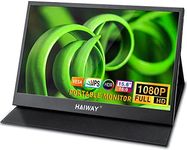Buying Guide for the Best 27 Inch Gaming Monitors
Choosing the right 27-inch gaming monitor can significantly enhance your gaming experience. The key is to understand the various specifications and how they align with your gaming needs. By focusing on the right specs, you can ensure that you get a monitor that offers the best performance, visual quality, and comfort for your gaming sessions.ResolutionResolution refers to the number of pixels on the screen, which affects the clarity and detail of the image. For a 27-inch gaming monitor, common resolutions include Full HD (1920x1080), Quad HD (2560x1440), and 4K (3840x2160). Full HD is suitable for budget-conscious gamers and those with less powerful graphics cards. Quad HD offers a good balance between performance and visual quality, making it a popular choice for many gamers. 4K provides the highest level of detail but requires a powerful graphics card to run games smoothly. Choose a resolution based on your hardware capabilities and preference for visual fidelity.
Refresh RateThe refresh rate, measured in Hertz (Hz), indicates how many times per second the monitor updates the image. Higher refresh rates result in smoother motion and can give you a competitive edge in fast-paced games. Common refresh rates for gaming monitors are 60Hz, 120Hz, 144Hz, and 240Hz. A 60Hz monitor is adequate for casual gaming, while 120Hz and 144Hz are ideal for most gamers, providing a noticeable improvement in smoothness. For competitive gamers, especially in first-person shooters, a 240Hz monitor can offer the best performance. Choose a refresh rate that matches your gaming style and the capabilities of your graphics card.
Response TimeResponse time measures how quickly a pixel can change from one color to another, typically in milliseconds (ms). Lower response times reduce motion blur and ghosting, which is crucial for fast-paced games. Common response times for gaming monitors range from 1ms to 5ms. A 1ms response time is ideal for competitive gaming, ensuring the clearest and most responsive experience. A 2ms to 5ms response time is generally sufficient for most gamers, providing a good balance between performance and cost. Consider your gaming needs and the types of games you play when choosing the response time.
Panel TypeThe panel type affects the monitor's color accuracy, viewing angles, and response time. The three main types are TN (Twisted Nematic), IPS (In-Plane Switching), and VA (Vertical Alignment). TN panels offer the fastest response times and are usually the most affordable, but they have poorer color accuracy and viewing angles. IPS panels provide better color reproduction and wider viewing angles, making them great for immersive gaming and content creation, though they typically have slightly higher response times. VA panels offer the best contrast ratios and good color accuracy, but their response times can be slower than TN and IPS panels. Choose a panel type based on your priorities, whether it's speed, color quality, or viewing angles.
Adaptive Sync TechnologyAdaptive Sync technology, such as NVIDIA G-SYNC or AMD FreeSync, helps to eliminate screen tearing and stuttering by synchronizing the monitor's refresh rate with the graphics card's frame rate. This results in a smoother and more enjoyable gaming experience. G-SYNC is compatible with NVIDIA graphics cards, while FreeSync works with AMD cards. Some monitors support both technologies. If you have a compatible graphics card, choosing a monitor with the corresponding Adaptive Sync technology can significantly improve your gaming experience by providing smoother visuals and reducing input lag.
ConnectivityConnectivity options determine how you can connect your monitor to your gaming setup. Common ports include HDMI, DisplayPort, and USB-C. HDMI is widely used and supports both video and audio, making it a versatile option. DisplayPort is preferred for higher resolutions and refresh rates, offering better performance for gaming. USB-C is becoming more common and can provide power, video, and data transfer through a single cable. Ensure the monitor has the necessary ports to connect to your gaming PC or console, and consider future-proofing by choosing a monitor with multiple connectivity options.
ErgonomicsErgonomics refers to the monitor's adjustability features, such as height, tilt, swivel, and pivot. These features allow you to position the monitor for optimal comfort, reducing strain on your neck and eyes during long gaming sessions. A monitor with good ergonomic options can help you maintain a healthy posture and improve your overall gaming experience. Look for a monitor that offers a range of adjustments to suit your preferred gaming setup and ensure you can game comfortably for extended periods.
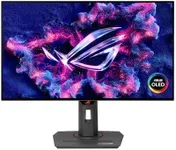
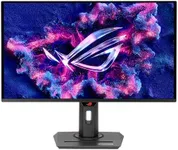
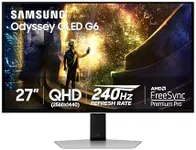
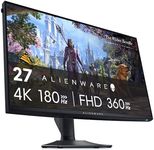
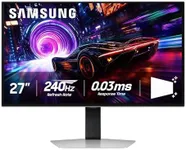
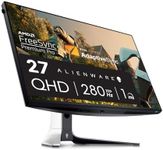
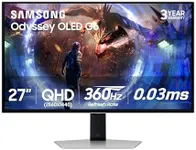
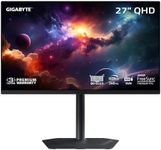
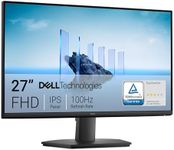



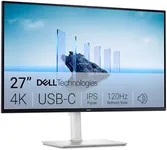

![KYY Portable Monitor 15.6'' 1080P FHD USB-C Portable Laptop Monitors w/Smart Cover & Dual Speaker, HDMI Computer Display IPS HDR External Gaming Monitor for PC Phone Mac Xbox PS4 Switch[Upgraded]](https://images-proxy.bestreviews.guide/Z3Py4aydNVRBPI1sova4UgLXcgM=/0x150/https://m.media-amazon.com/images/I/41CdBgZtF7L._AC_CX679_.jpg)

